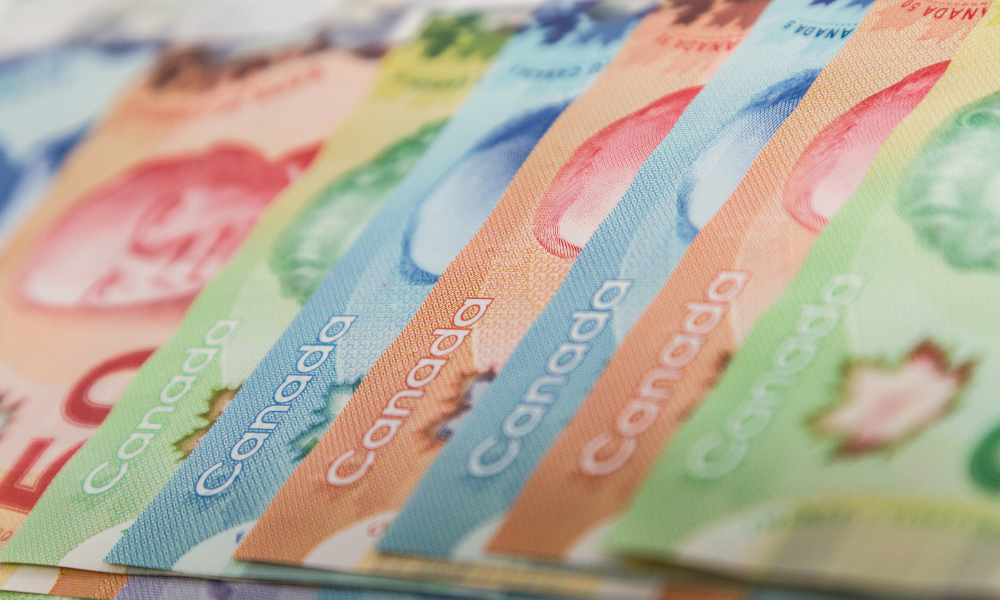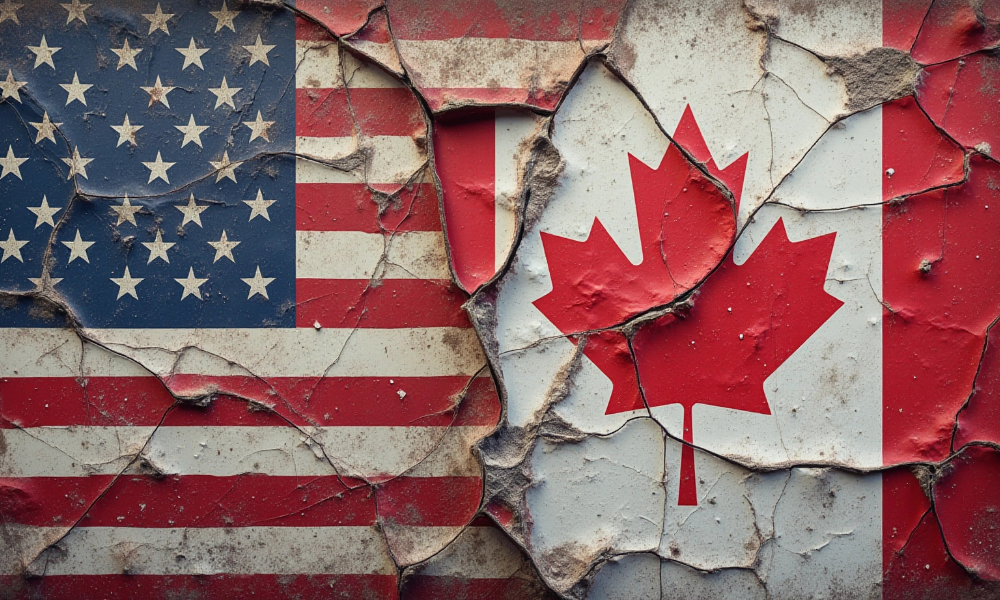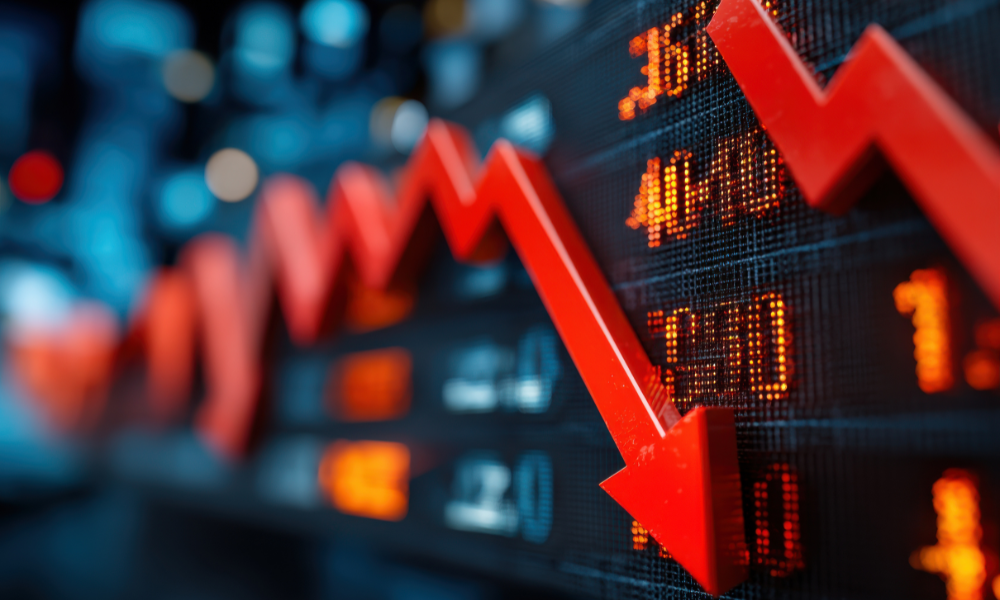Economists warn the loonie's gains may not last as interest rate gaps and tariff uncertainty weigh on markets

The Canadian dollar rose above 70 cents US on Wednesday after US President Donald Trump delayed the implementation of 25 percent tariffs on Canadian goods for 30 days, according to Financial Post.
Earlier in the week, the loonie dropped below 68 cents US for the first time since 2003 as concerns over US tariffs weighed on the market.
Trump announced the delay on Monday after speaking with Prime Minister Justin Trudeau, pushing the new deadline to March 1.
Following this reprieve, the Canadian dollar gained 3.5 percent, recovering more than half of the losses it had sustained since tariff fears surfaced in late November. Before Trump first raised the possibility of tariffs on November 25 via Truth Social, the loonie was trading around 71.5 cents US
“We can safely say this tariff file overhanging Canada and Mexico is going to fade away,” said David Rosenberg, founder of Rosenberg Research and Associates Inc., in a note on Tuesday. “The 30-day reprieve is a joke. Trump is not raising tariffs and probably was never going to.”
Rosenberg also stated that Canada “has been spared a deep recession.”
Despite the currency’s rebound, economists remain cautious about its stability.
CIBC Capital Markets predicts the Canadian dollar will reach 71.2 cents US in the “very near-term,” but Sarah Ying, CIBC’s head of FX strategy, warned in a note Wednesday that the gains might not last.
Rosenberg noted that short-sellers may target the loonie if it continues to rise.
Meanwhile, Canada’s economy continues to underperform compared to the US The Bank of Canada projects that the economy will remain in a state of “excess supply” into next year.
The central bank recently cut its interest rate to three percent, while the US Federal Reserve maintained rates between 4.25 percent and 4.5 percent.
The 150-basis-point gap between the two countries’ rates could strengthen the US dollar, as investors look to capitalize on higher interest rates.
Ying pointed out that the Canadian dollar’s rise is unusual given market expectations for further Bank of Canada rate cuts. “But it is clear that the market is not ready to trade the fundamentals just yet,” she said.
Markets currently predict the Bank of Canada’s terminal rate will fall to 2.35 percent, down from 2.75 percent just two weeks ago.
With another tariff deadline set for March 1, Rosenberg warned that uncertainty will persist: “This whole (tariff) episode is a reminder that we are going to be in a constant state of uncertainty.”



